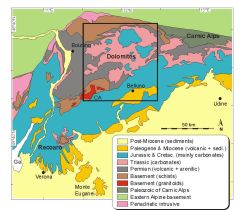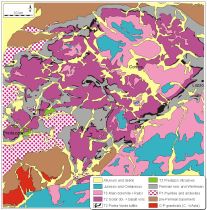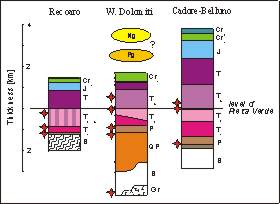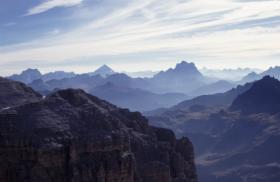
The very characteristic landscape of the Dolomites is dominated by the isolated and well exposed Triassic reefs
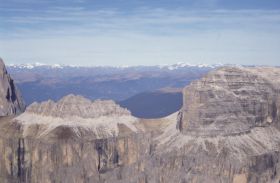
The dolomite forms steep faces and between them there are some marl horizons
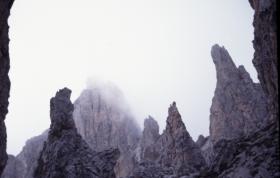
Erosional towers of Middle Triassic dolomite
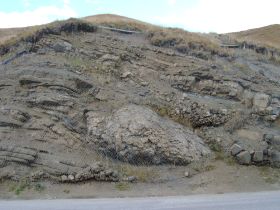
Olistholite in a deep marine sequence - Passo di Sella
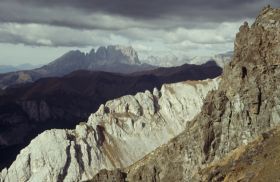
Perche e stupendo
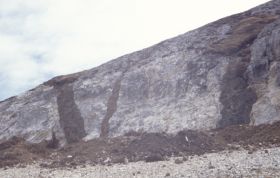
Basalt and andesite dikes penetrating Triassic limestone
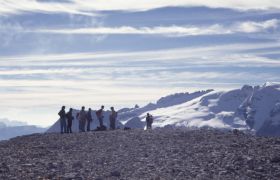
Marmolada at the background
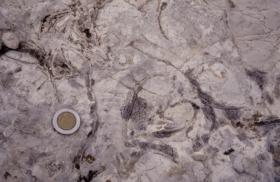
Megalodus in Upper Triassic limestone
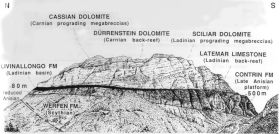
The architecture of the Civetta Group (Doglioni, 1991)
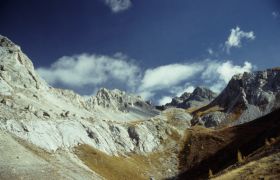
Morphology follows the lithology
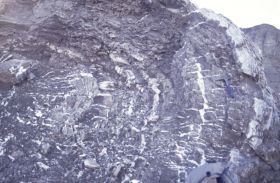
Folded evaporitic sequence
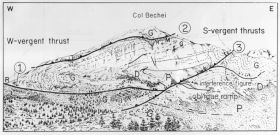
The structure of Col Bechei reflect Paleogene and Neogene thrusting (Doglioni, 1991)
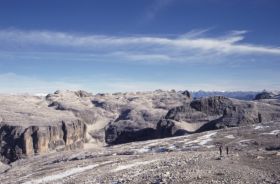
Sella plateau - the Gross Glockner at the background
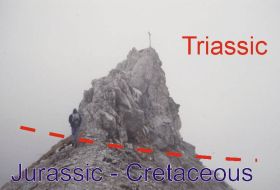
The smallest klippe of the world - only a tiny Triassic block indicate an overthrust plane
